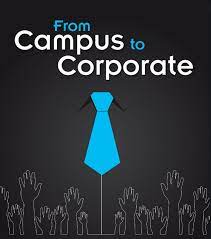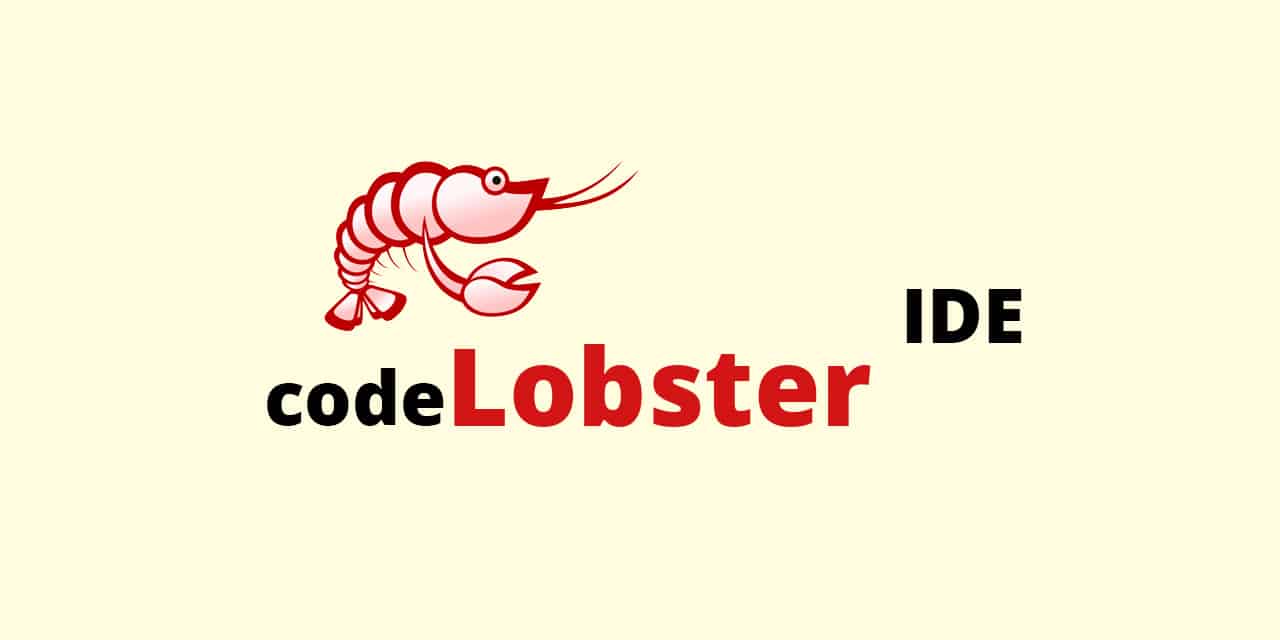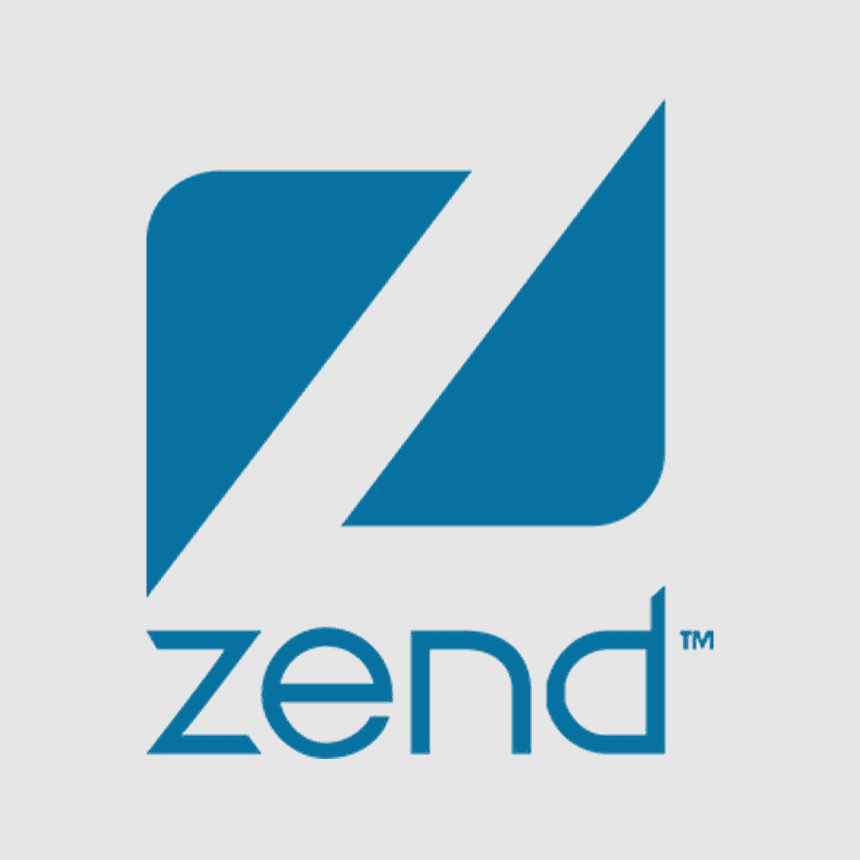Description
Introduction of Campus2Corporate
The transition from academic learning to the Campus2Corporate world is critical for fresh engineering graduates. This training program is designed to bridge that gap by providing hands-on knowledge and skills in key technologies: Java | React | Angular| .Net | Python. These technologies are in high demand in the software development industry, and mastering them will empower participants to work confidently in various roles across development, software engineering, and web development.
By the end of this Campus2Corporate training, participants will be well-versed in the fundamentals and real-world applications of these technologies, enabling them to contribute effectively in corporate settings.
Prerequisites of Campus2Corporate
- Basic Programming Knowledge: Familiarity with fundamental programming concepts and principles.
- Understanding of Software Development: Awareness of software development processes, methodologies, and best practices.
- Familiarity with Web Development: Basic understanding of web technologies (HTML, CSS) is beneficial, particularly for front-end frameworks like React and Angular.
- Willingness to Learn: A proactive attitude towards learning new technologies and concepts is essential for success in this course.
Table of Contents
1. Core Programming Concepts (Across All Technologies)
1.1 Introduction to Software Development Lifecycle (SDLC)
1.2 Understanding Algorithms and Data Structures
1.3 Importance of Version Control Systems (Git Basics)
1.4 Object-Oriented Programming (OOP) Principles
1.5 Problem-Solving Strategies and Coding Patterns
2. Java Development
2.1 Introduction to Java
2.2 Setting up the Java Environment (JDK, IDE)
2.3 Writing Your First Java Program
2.4 Java Basics
2.4.1 Data Types, Operators, Control Structures
2.4.2 Object-Oriented Programming: Classes, Objects, Inheritance, Polymorphism
2.5 Advanced Java Concepts
2.5.1 Exception Handling, Collections Framework
2.5.2 Java I/O, Multithreading
2.6 Working with Databases
2.6.1 JDBC Introduction and Database Integration
2.6.2 CRUD Operations with SQL in Java
2.7 Hands-on Project
2.7.1 Building a Basic Command-Line Java Application
3. Front-End Development with React
3.1 Introduction to React
3.2 What is React and Why Use It?
3.3 Setting Up a React Development Environment (Node.js, npm)
3.4 Introduction to JSX
3.5 Core React Concepts
3.5.1 Components, Props, and State
3.5.2 Handling Events and Lifecycle Methods
3.6 React Router and State Management
3.6.1 Implementing Routing with React Router
3.6.2 Managing State with React Hooks (useState, useEffect)
3.7 Advanced React
3.7.1 Context API for Global State Management
3.7.2 Introduction to Redux (Optional)
3.8 Hands-on Project
3.8.1 Building a Single-Page Application (SPA) with React
4. Angular Development
4.1 Introduction to Angular
4.2 Why Angular? Key Features and Architecture
4.3 Setting Up Angular with Angular CLI
4.4 Angular Core Concepts
4.4.1 Components, Services, and Dependency Injection
4.4.2 Angular Modules and Data Binding
4.4.3 Angular Directives and Pipes
4.5 Routing and HTTP Client in Angular
4.5.1 Setting Up Routing and Navigation
4.5.2 Consuming REST APIs with HttpClient
4.6 Advanced Angular
4.6.1 Reactive Forms and Validation
4.6.2 Lazy Loading Modules for Performance Optimization
4.7 Hands-on Project
4.7.1 Building a Dynamic Web Application Using Angular
5. .NET Development with C#
5.1 Introduction to .NET and C#
5.2 Overview of the .NET Ecosystem
5.3 Setting Up the .NET Environment
5.4 Basic Syntax and Data Types in C#
5.5 Core .NET Concepts
5.5.1 OOP in C#: Classes, Methods, Properties
5.5.2 Exception Handling, File I/O
5.6 ASP.NET Core Basics
5.6.1 Introduction to Building Web Applications with ASP.NET Core
5.6.2 Routing, Controllers, and Views
5.6.3 Handling HTTP Requests and Responses
5.7 Database Integration with Entity Framework
5.7.1 Introduction to Entity Framework for Database Interaction
5.7.2 CRUD Operations in ASP.NET Core with Entity Framework
5.8 Hands-on Project
5.8.1 Building a Web Application Using ASP.NET Core
6. Python Development
6.1 Introduction to Python(Ref: Python For Data Science & Analytics | Visualising Geospatial data)
6.2 Installing Python and Setting Up the Development Environment
6.3 Writing and Executing Python Scripts
6.4 Python Basics
6.4.1 Data Types, Variables, and Control Structures
6.4.2 Functions and Modules in Python
6.5 Advanced Python Concepts
6.5.1 Object-Oriented Programming in Python
6.5.2 Exception Handling, File Handling
6.6 Python for Web Development
6.6.1 Introduction to Flask and Django for Web Development
6.6.2 Building REST APIs with Flask
6.7 Data Handling and Libraries
6.7.1 Introduction to Popular Python Libraries (Pandas, NumPy)
6.7.2 Basic Data Handling and Manipulation with Python
6.8 Hands-on Project
6.8.1 Building a REST API or Small Web Application with Python
7. Real-World Project Development and Deployment
7.1 Team Project Development
7.1.1 Collaborating with GitHub/Git for Version Control
7.1.2 Agile Development Process: Sprints, User Stories, and Task Assignments
7.1.3 Building a Full-Stack Application Using One or More Technologies (Java, React, Angular, .NET, Python)
7.2 Deployment and Hosting
7.2.1 Introduction to Cloud Platforms (AWS, Azure, or Firebase)
7.2.2 Deploying Web Applications on Cloud Platforms
7.2.3 Best Practices for Deployment and Performance Optimization
8. Corporate Soft Skills Training
8.1 Communication Skills for Engineers
8.1.1 Effective Communication in Corporate Environments
8.1.2 Writing Professional Emails and Reports
8.2 Time Management and Productivity
8.2.1 Best Practices for Time Management and Task Prioritization
8.3 Problem-Solving and Critical Thinking
8.3.1 Approach to Solving Technical Problems in Corporate Projects
8.4 Team Collaboration Tools
8.4.1 Using Collaboration Tools Like Slack, Microsoft Teams, Jira
8.5 Presentation Skills
8.5.1 How to Present Technical Concepts Clearly to Non-Technical Stakeholders
9. Conclusion and Next Steps
9.1 Recap of Key Technologies and Real-World Applications
9.2 Career Paths in Software Development
9.3 Preparing for Technical Interviews and Coding Challenges
9.4 Resources for Continuous Learning and Staying Updated with Industry Trends
Conclusion
The Campus2Corporate program is designed to provide students with the necessary skills and knowledge to excel in the tech industry. By covering a diverse range of programming languages and frameworks, participants will gain a comprehensive understanding of software development practices and methodologies. This hands-on training will empower learners to confidently enter the job market and tackle real-world challenges, ensuring a smooth transition from campus life to corporate success. Continuous learning and skill enhancement will be crucial for sustained growth in their careers.






